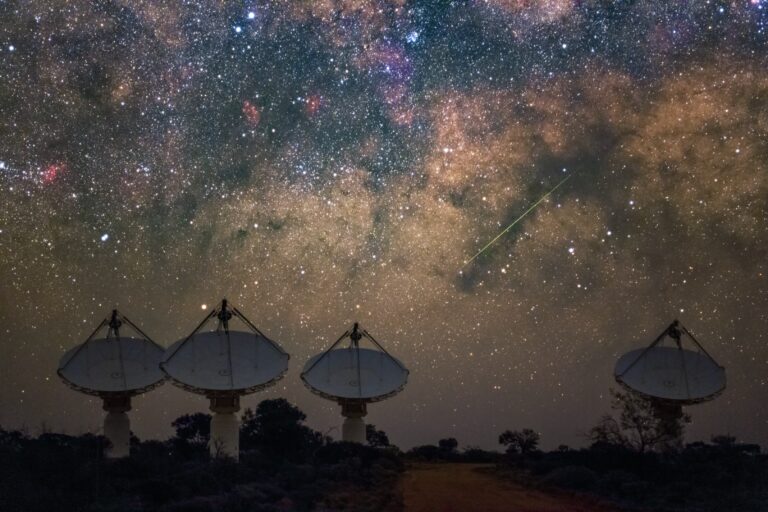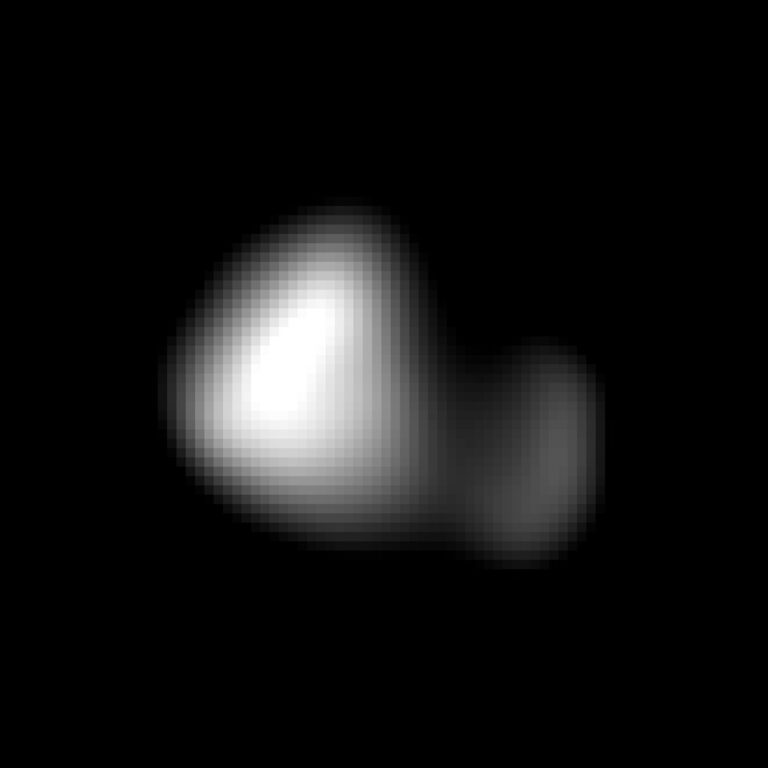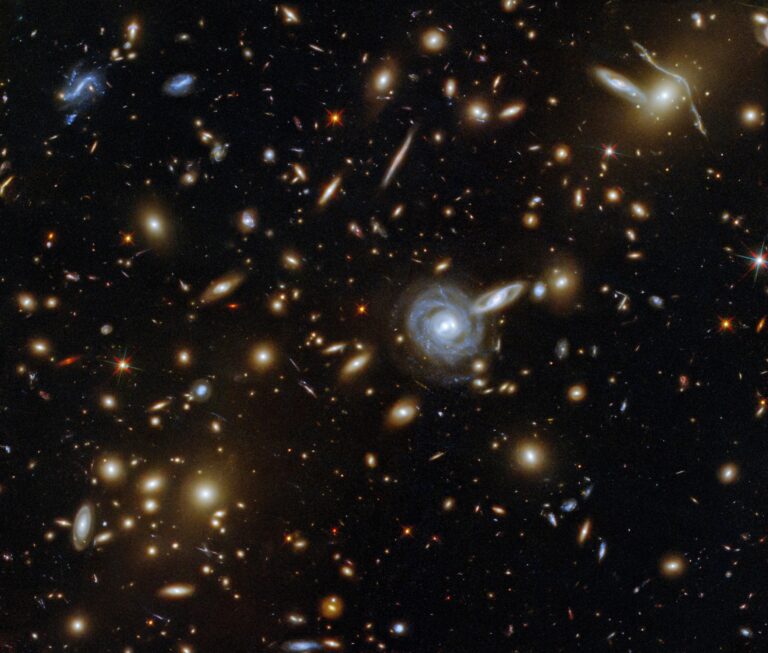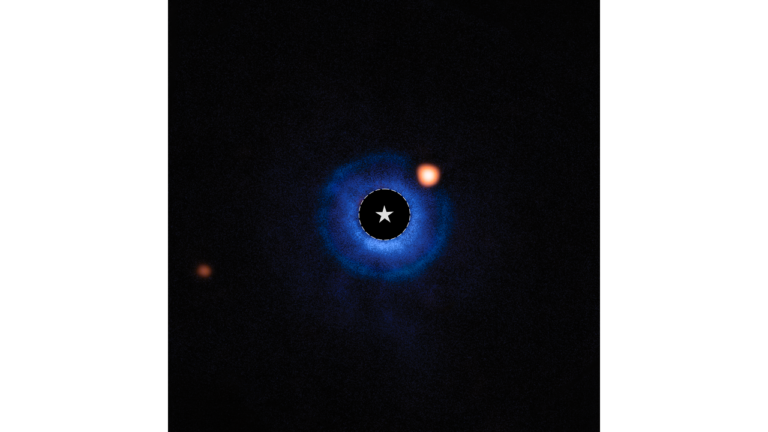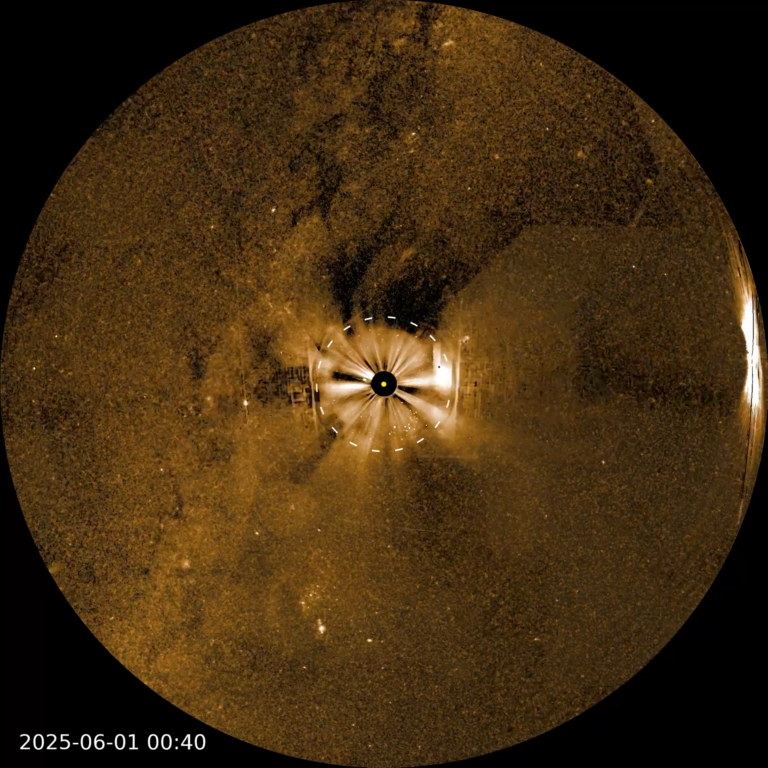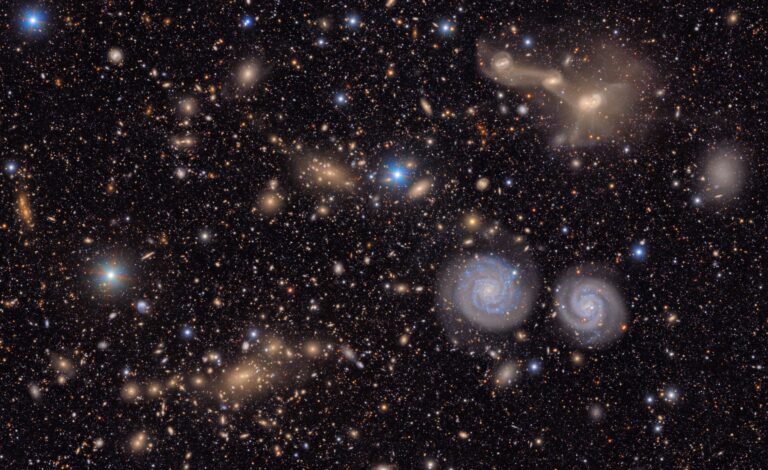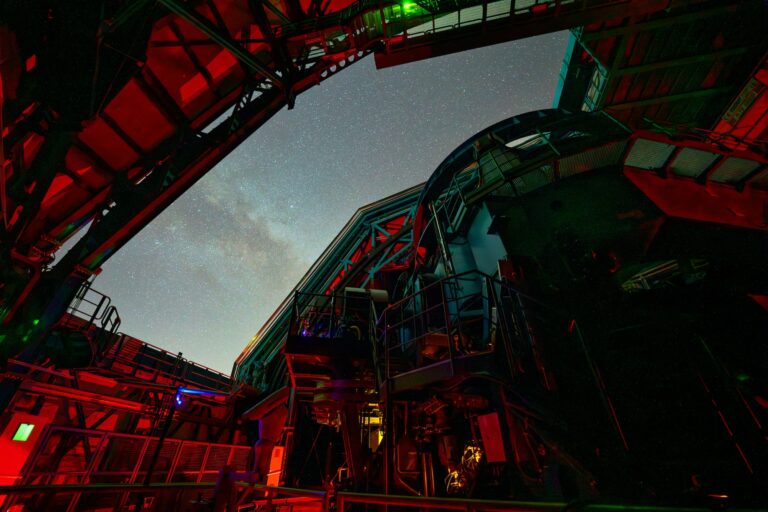A transition zone within Uranus’ mantle may help solve the mystery of its faint glow. The ice giant shines far less than its sibling, Neptune, for reasons that have remained tantalizingly out of reach for decades. A new model suggests that including a boundary layer within the mantle between the gas and ice layers may help to insulate the interior and explain the planet’s dimness.
Planets form through violent collisions that heat and melt their interiors. Once the crashing is done, the heat within its heart begins to slowly escape into space. Eventually the planets cool down completely, but the process takes time; after more than 4.5 billion years, the solar system worlds are still cooling off.
When NASA’s Voyager 2 spacecraft flew past Uranus in 1986, it revealed a rather bland planet with less atmospheric activity than other giant worlds in the solar system. It also suggested a surprising interior. As ice giants, Neptune and Uranus should have similar compositions, but measurements revealed that Uranus released 10 percent less energy, suggesting something puzzling is going on inside.
“None of the standard Uranus models…can explain the low luminosity,” lead author Nadine Nettelmann, of the University of Rostock in Germany, said by email.
Classified as gas giants, the four largest planets in the solar system lack firm ground. Their atmospheres bleed into their mantle, which is made up of pressurized gas. While hydrogen and helium dominate gas giants, ice giants also scoop up smaller, icy bodies from farther out in the solar system, changing their makeup.
Nettelmann and her colleagues explored a 1995 suggestion that a thermal boundary inside of Uranus could affect the amount of heat released from within, perhaps making it seem dimmer. The layer would mark the transition point between the pressurized outer and inner mantles. Like a blanket, the thermal layer would trap heat, creating a warm heart and a cool skin.
Voyager 2 also studied the tug of gravity it felt as it flew by Uranus. To ensure the new model matched those gravity measurements, the scientists suggested a rockier mantle than previous models included. An increase of rockier material would better fit other simulations on how Uranus formed. In contrast, Nettelmann said that previous models contain high ice-to-rock ratios that disagree with the current understanding of planetary formation.
All four gas giants grow from a core of ice and rock that collect hydrogen and helium gas, as well as consuming smaller wannabe planets. A rocky mantle would match current models, with ice-to-rock ratios similar to those expected to exist in the disk of material around the sun. The blanket layer would form with the planet, marking the boundary between the core and the gas envelope.
Like Uranus, Saturn has a thermal boundary layer, one that makes it appear bright. That means Neptune could also hide a layer within its depths. But Neptune’s layer may have allowed the planet to pass out of the dim stage.
“At some point in the evolution, the planet’s luminosity flips from fainter to brighter if there is a thermal layer,” Nettelmann said.
At present, no missions are planned to visit the outer planets, but last year NASA asked the Jet Propulsion Laboratory (JPL)[NR1] [JDW2] to review options for potential missions to the ice giants. Technological developments over the last four decades should mean that any instruments on a future mission would provide more detail than those aboard Voyager.
“I’m sure that for less mass, we would get better resolution of the atmosphere,” Voyager Project Manager Suzanne Dodd, of JPL, said.
Cautioning that she was an engineer and not a scientist, Dodd suggested sending a probe into Uranus’ atmosphere would also improve understanding of its layers. The probe could be a separate mission, like the European Space Agency’s Huygens probe dropped by Cassini to explore Saturn’s moon, Titan or the one dropped into Jupiter’s atmosphere by Galileo. The exploration could also by the final act of an orbiter, as Galileo plunged into Jupiter in 2003 and Cassini will deliberately dive into Saturn’s atmosphere in 2017.
Although 40 years have gone by since Voyager 2 passed by Uranus, scientists continue to improve their understanding of the planet. Nettelmann stressed the need for laboratory work in various scientific fields to help understand ongoing questions about long-standing questions. Scientists still aren’t certain how to best apply studies of things such as fluid dynamics and heat transport in compressed ices to the icy giant. A better understanding of these concepts would make a future mission to Uranus more revealing.
“I totally support sending a spacecraft to Uranus or Neptune, but I feel we still have not done our homework to make full use of the available Voyager data,” Nettelmann said.
The research was published in the journal Icarus.
Follow Nola Taylor Redd on Twitter @NolaTRedd or Google+.


